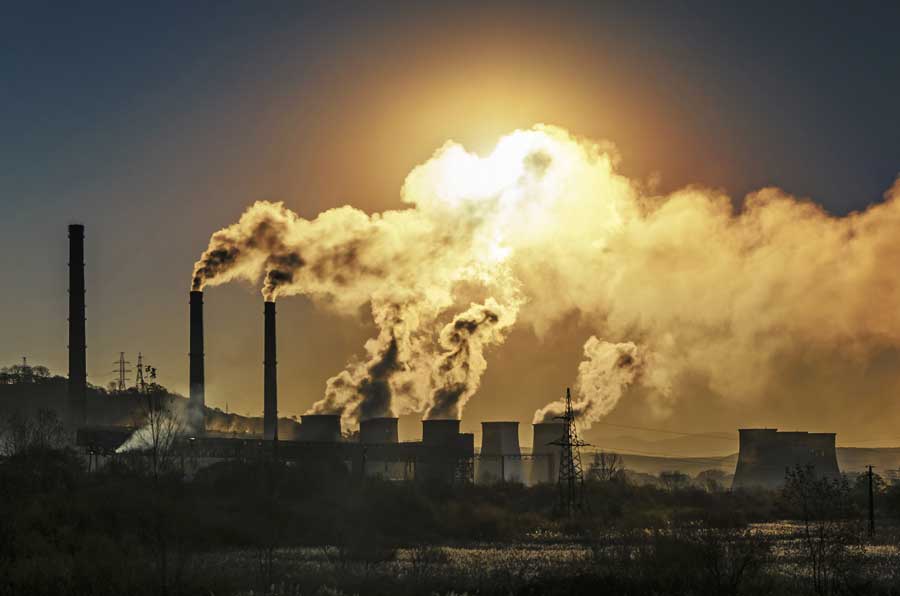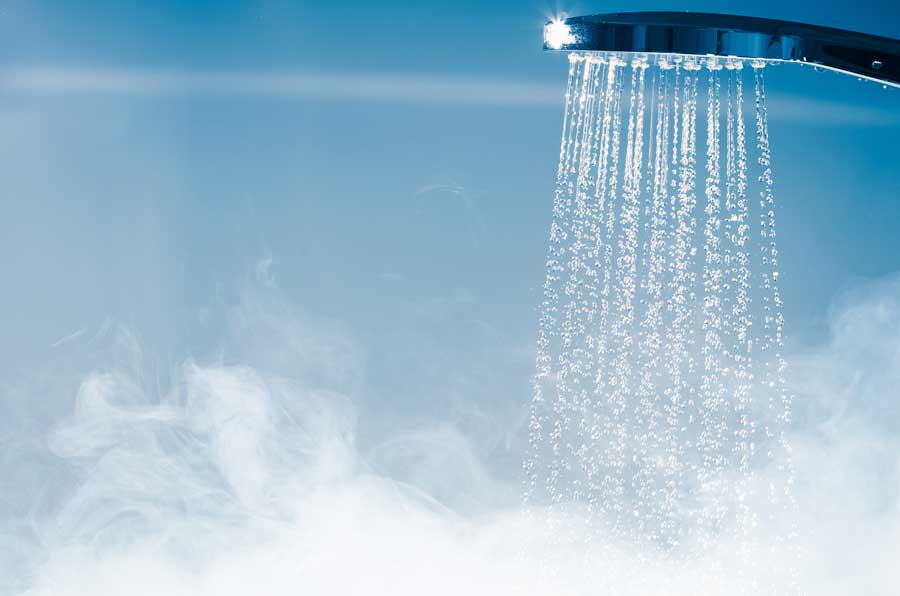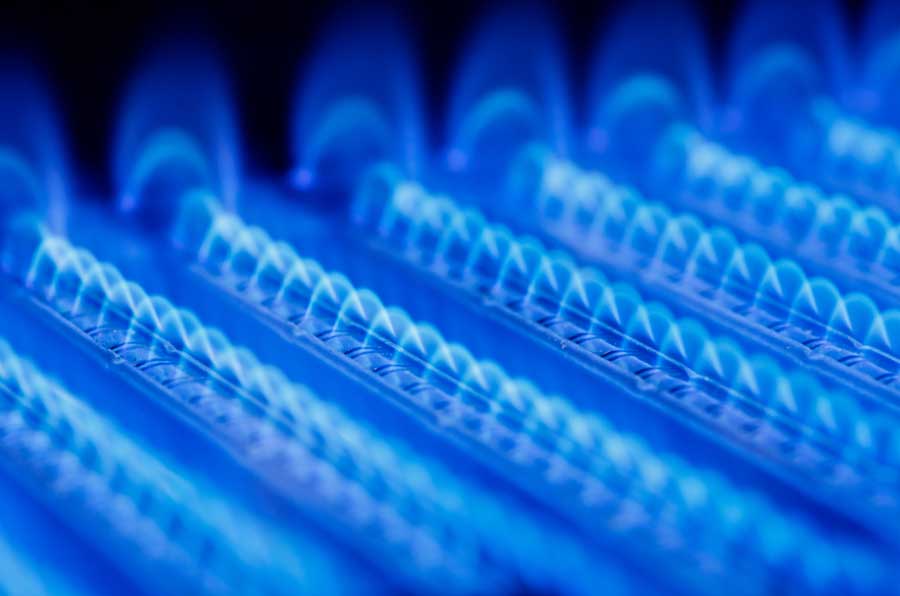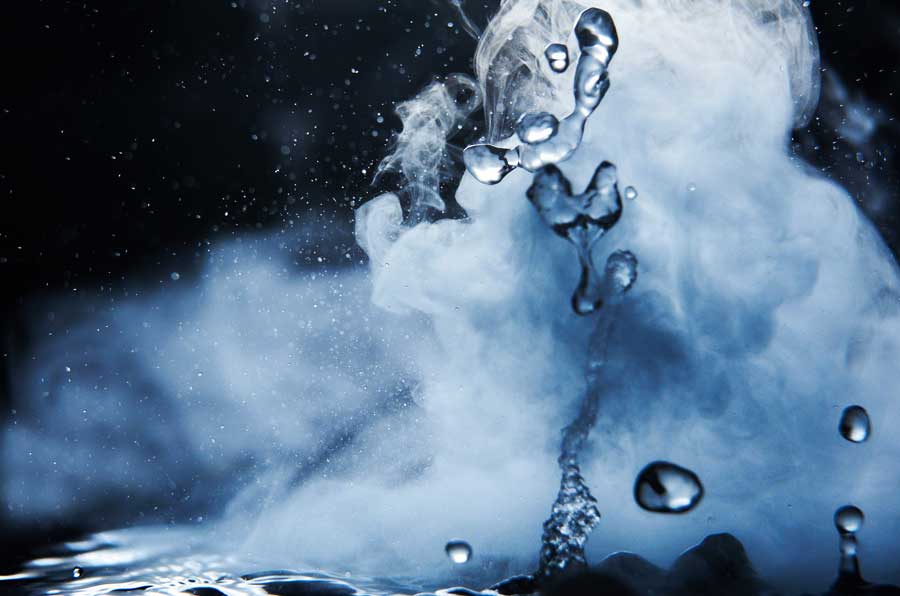This website uses cookies so that we can provide you with the best user experience possible. Cookie information is stored in your browser and performs functions such as recognising you when you return to our website and helping our team to understand which sections of the website you find most interesting and useful.
There are undoubtedly many benefits for the environment when ensuring your business or commercial property is energy efficient. But we bet you didn't know about some easy changes that can be made to benefit your business's bottom line.
The term Energy efficiency is sometimes a confusing thing to contemplate for any business owner. Some owners even get overwhelmed trying to figure out precisely what they should be doing. But fear not, it isn't some scheme that will bankrupt your company, and it can be effortless to make small changes for massive impact. The key to having an effect is, in the word, efficiency; as long as you can install or implement savings to your energy usage, then you're doing it right.

Australia has come a long way in the past couple of decades in terms of energy efficiency. In 2018 alone, the efficiency achieved from appliances alone offset almost half of Queensland's greenhouse emissions. Overall the standards set by the Government have saved the Australian economy between $9.4 to $18.9 billion dollars!
There are plenty of ways a business can achieve energy efficiency like; turning off computers and equipment when not in use, replacing old lighting for newer LED lighting or installing solar panels, to name just a few. However, many business owners don't consider one often-overlooked element but should; Hot Water Heaters.
Being Energy Efficient is a Tankless Job (Pun Intended)
Most hot water systems for residential and commercial buildings were electric storage heaters in the past. These large bulky units would heat a large tank of water and keep it at the pre-set temperature all day, every day, as you could imagine; these old systems had terribly poor energy efficiency. Furthermore, even though these storage tanks are insulated, the laws of thermodynamics dictate that energy will be lost to the surrounding atmosphere, as heat energy is the most easily dissipated form of energy. So it will constantly draw power to keep the water hot, which goes against energy efficiency.

Another form of hot water heating common in Australia's commercial buildings is gas systems. These come in two forms; instantaneous and storage. Just like our above example, the storage form keeps a large tank of water hot by heating it by burning natural gas. This suffers from the same issue of energy loss and constant energy required to keep the water hot. Its only benefit over electricity is that gas is cheaper in this persistent heating context.
The second form of gas heating is instantaneous gas which again heats the water by burning natural gas, but instead of keeping a tank of water hot continuously, it heats the water going through a pipe as required. There are a couple of things to consider regarding energy efficiency and its more significant impact on the environment. The first is that both gas systems need a pilot light to remain burning to light the main heating element. This small amount of gas is a constant in most systems. Although comparatively not much, added up over thousands of units across Australia can mean a lot of lost efficacy.

There are more factors to consider with gas; the CO2 impact on the environment, availability and the fluctuating cost of gas prices. For example, if you have a gas hot water system in your commercial building, you are contributing to the CO2 impact of climate change. Sure it is not a massive amount, but it is a factor that you should consider for your business.
The last factor to consider before installing a gas hot water system is the fluctuating cost of natural gas prices. If you do your homework, you can see that gas prices can go up and down wildly over periods of just a few years. How much? We hear you ask? Well, from 2016 to 2019, there was an increase of almost 30% for domestic natural gas. So it is a critical factor that must be considered before choosing the type of water heater you use for your commercial business.
The Instantaneous Spark of Efficiency
The last method we will discuss around hot water heating efficiency is electric instantaneous water heaters. This technology has been around for some time now, and although the first generations of this technology could hardly be called energy efficiency, the new generations are very efficient.
Innovative products like the ELWA Hotrun series of water heaters use up to 70% less power than the conventional methods discussed above. Installing this next-generation technology is an absolutely colossal energy efficiency saving that you can make to any commercial business property.
There are already some famous and prestigious commercial properties around Australia that have implemented these energy-efficient electric water heaters. For example, the Perth Stadium installed 90 of the most energy-efficient water heaters when it was constructed, which gave them a 69% energy saving when compared to other installation options.
Another example is a remote project like the Wheatstone Project in Onslow, which installed 234 energy-efficient instant hot water heaters. Due to their compact size and mounting location, this allowed the project to install and utilise their hot water system for their kitchens, showers and washbasins with smaller transport and installation costs. On top of all of this, there is the CO2 saving that many businesses are unaware of from the supply chain. You can read about this hidden factor here.
The list goes on and on, with Government buildings taking the lead like Dumas House in Perth, The Kalgoorlie Courthouse in WA, Tafe Noarlunga in SA and Queensland University St Lucia Campus Building. So how exactly does this new generation of instant hot water systems handle energy efficiency so well?

The answer lies hidden within the unit's software and heat exchanger. Upon demand, the incoming cold water is immediately heated in the exchanger. Power to the elements is provided as soon as water flows through the water heater. Therefore, energy is only consumed when water flows through the unit, providing unlimited hot water and high energy savings.
Another feature that saves energy within the network is the remote life monitoring of these instantaneous hot water systems that communicate with the manufacturer. How does this save energy? It reports any faults that may happen to the unit, which allows the manufacturer to inform you of how to remedy the problem. This stops the need for expensive maintenance specialists and their travel time (and quoting fee!) to get your hot water up and running faster.
The Instantaneous Spark of Efficiency
If you are building a commercial property or just want to help make a difference for the planet and your bottom line, you really need to look at how your hot water is being generated. At the end of the day, being energy efficient is not just good for the planet and your community; it is better for your cash flow too. Lower energy bills and reduced operating costs are just a few of the benefits your business will get from installing the new generation of instantaneous hot water heaters.
So start making a plan to really look deep at your business and how you can become energy efficient in the future. The Australian Government is continuously looking at better ways for building owners and renters to become more efficient. But before you go, there is one other energy-efficient factor that is an easy win for your company, LED lighting. We will talk more about this in our next article.
For any questions or enquiries, please go to our contact page or click here for more information on our range.

